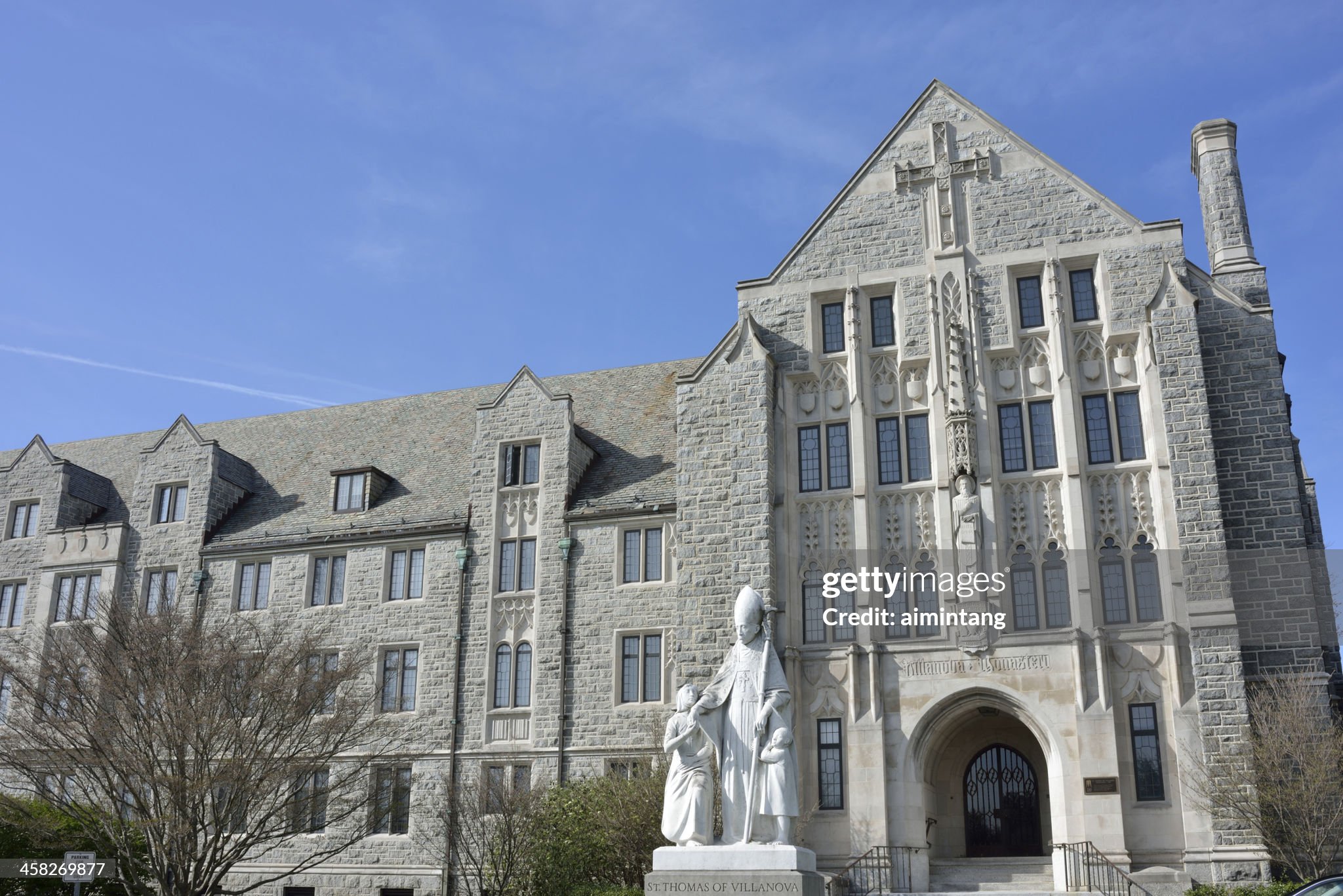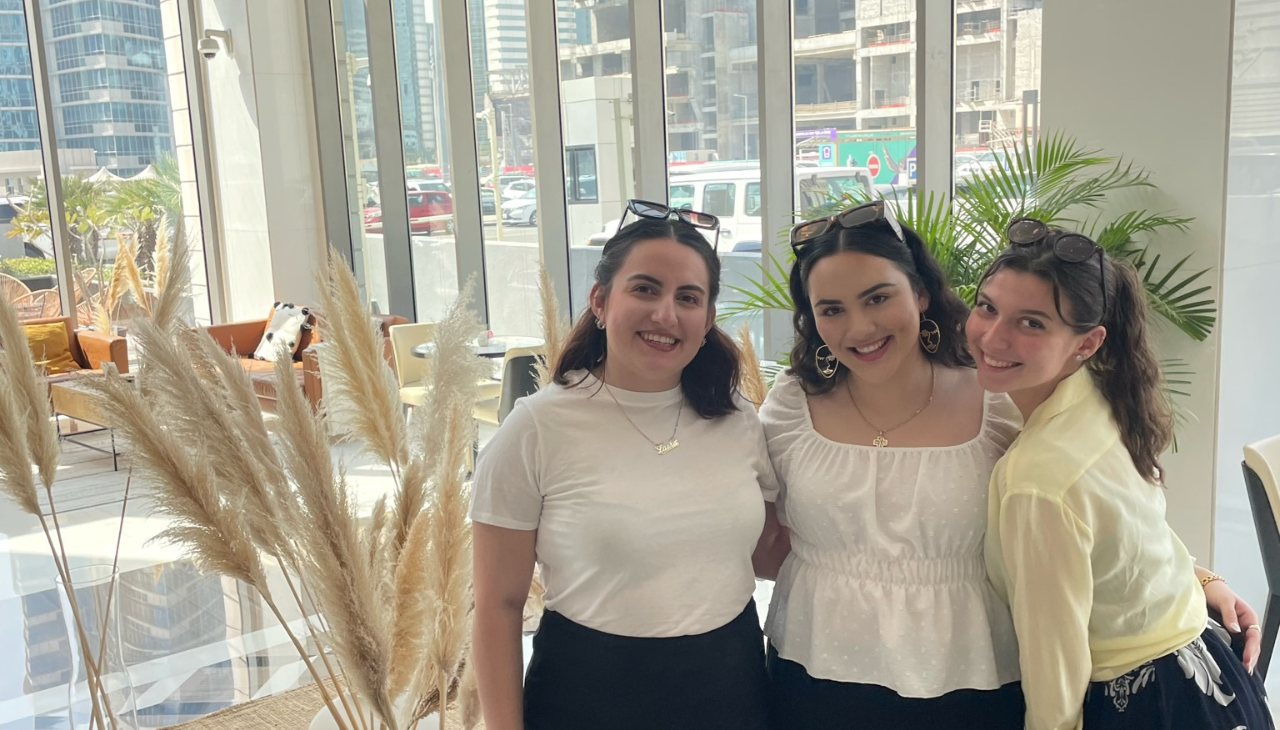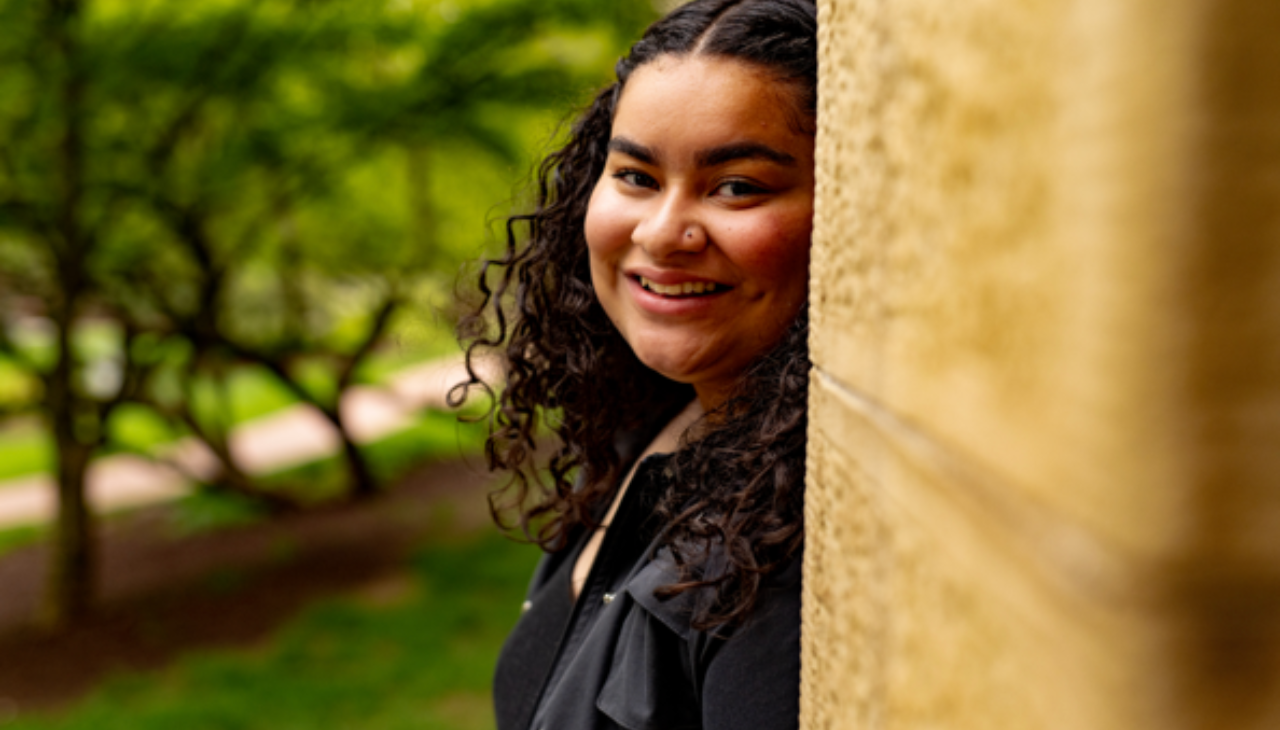
Being bilingual and Latinx in higher education
According to the U.S. Census Bureau, 13.4% of people in the United States speak Spanish at home, and with the increase of Latinos in higher education in recent years, the bilingualism of these students has played a significant role in how they engage in college.
AL DÍA reached out to Nelson Flores — Associate Professor in Educational Linguistics at the University of Pennsylvania Graduate School of Education — who studies the interaction of race, language, and bilingual education policy in the United States.
For him, it’s important to understand that not all bilingualism are perceived the same in American society. Elite bilingualism is people from English-speaking and white-affluent homes who tend to be viewed as prominent in all contexts — including higher education. While for those coming from minority backgrounds, such as Latinx students, their bilingualism is often seen as irrelevant or a barrier to their academic progress.
Flores brings awareness to the value of bilingualism in Spanish classes, for example, where most people would think it is appreciated — but often it is not the case. Students are explicitly and implicitly (throughout the curriculum) told that the bilingualism of their community and family is inappropriate for an academic setting.
“The Spanish language classrooms are often designed to teach the students that their Spanish is wrong or their bilingualism isn’t good enough,” he added.
Flores highlights how this can be a painful message for students and lead to resistance: “why would you want to become a member of a community that says you have to give up part of who you are in order to be accepted,” he asked. Global geopolitics is part of the conversation, and for a long time, Spain was treated as the ideal model; more recently, Mexico has taken this position.
When talking about Latinx students, who have been born and grown up and attend school in the U.S., Flores adds Spanglish (a mix of the two languages) to the conversation. Está leakeando (is leaking) is an example he gives as his mom uses it; this can be considered a dialect developed in the U.S. precisely because it's not used in Latin America.
CONTENIDO RELACIONADO
From a linguistic perspective, Flores explains that’s how languages work. They come in contact with one another and change one another. However, the marginalization of the Spanish language as a racialized concept in the U.S. produces ideologies that bilingual people aren’t proficient in either English or Spanish, he added.
According to Flores, people are afraid to say they are bilingual if they speak with dialects — even though they constantly communicate in Spanish — as people make them believe that if mixed with English, it is not real Spanish. The bilingualism of people who grew up in a minority context is consistently being policed and questioned, leading these people to internalize the ideas that they are not actually bilingual.
“Those types of language practices are often stigmatized in the U.S. Spanish classrooms because ‘they are not Spanish’,” he added. “But they are for the Spanish communities in the U.S.”
Other native Latin languages get excluded from this conversation in American society. Portuguese, for example, has its own relationship with the U.S. — mainly because of the different imperialist relations with Brazil. Due to this reason, the Portuguese has not ensued racialization in the same ways that the Spanish has. On some level Brazilian Portuguese speakers can avoid that racialization but are usually thoroughly invisibilized in conversations around Latinx people.
Flores likes to tell his students that language is a cultural practice used to build communities, making it impossible to separate the two. When the racialization surrounding languages from minority backgrounds makes its way to higher education it is hard for students to value their bilingualism — creating and increasing the previously existing social barriers.
“If a school is telling you that those practices that you use to engage with your community are wrong or inappropriate for the space," Flores said. “It is telling you that your culture is wrong or inappropriate.”










DEJE UN COMENTARIO:
¡Únete a la discusión! Deja un comentario.